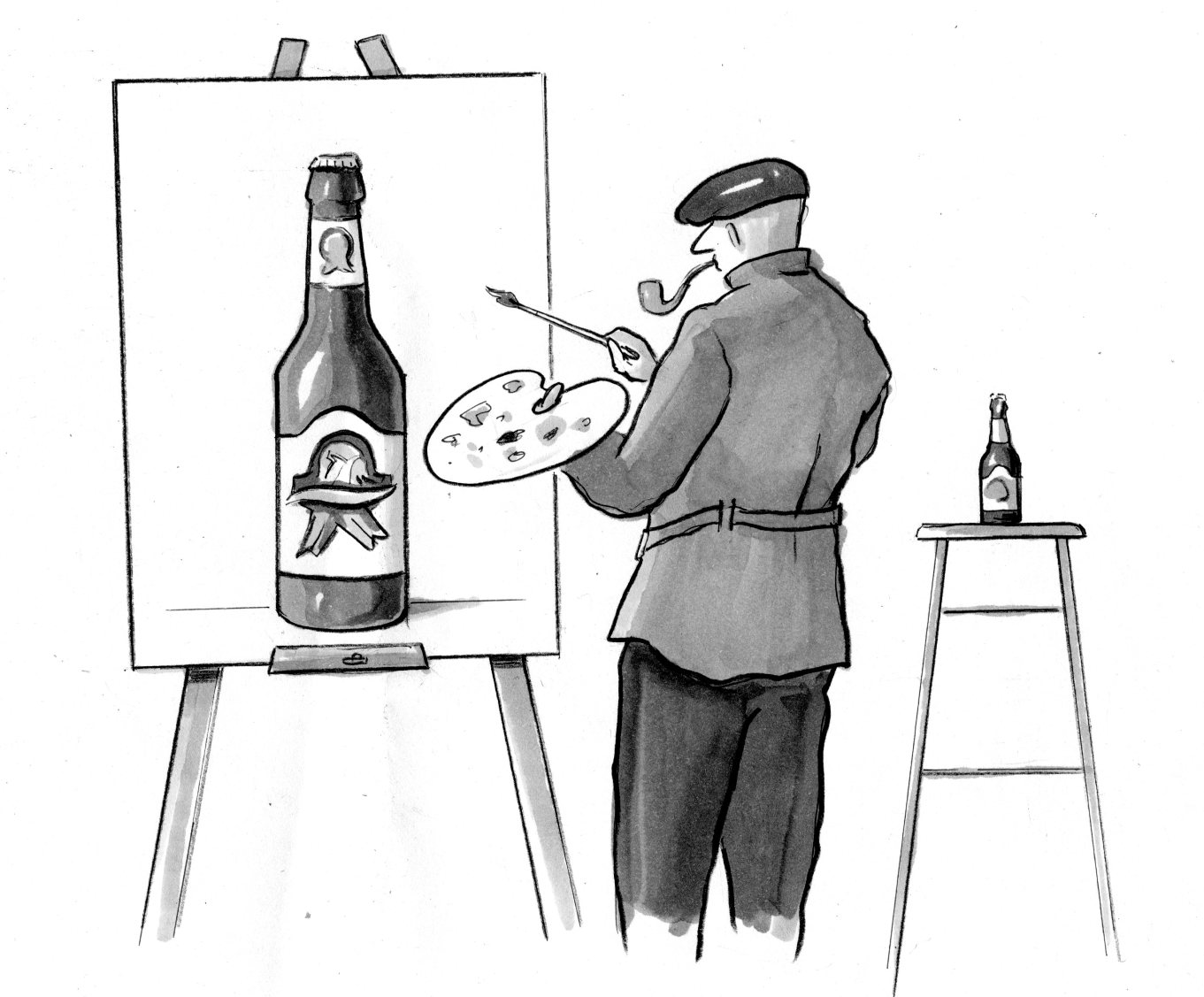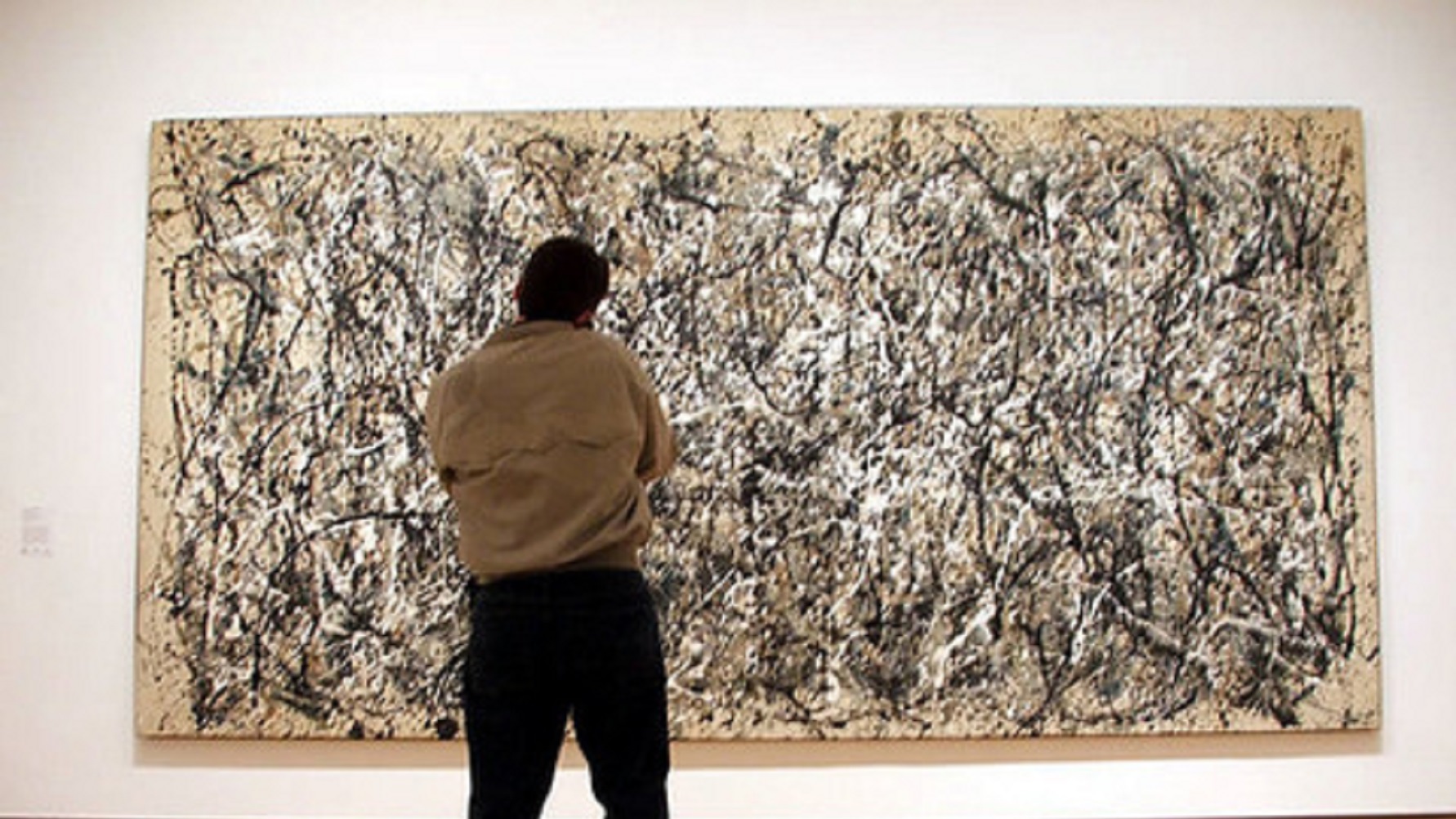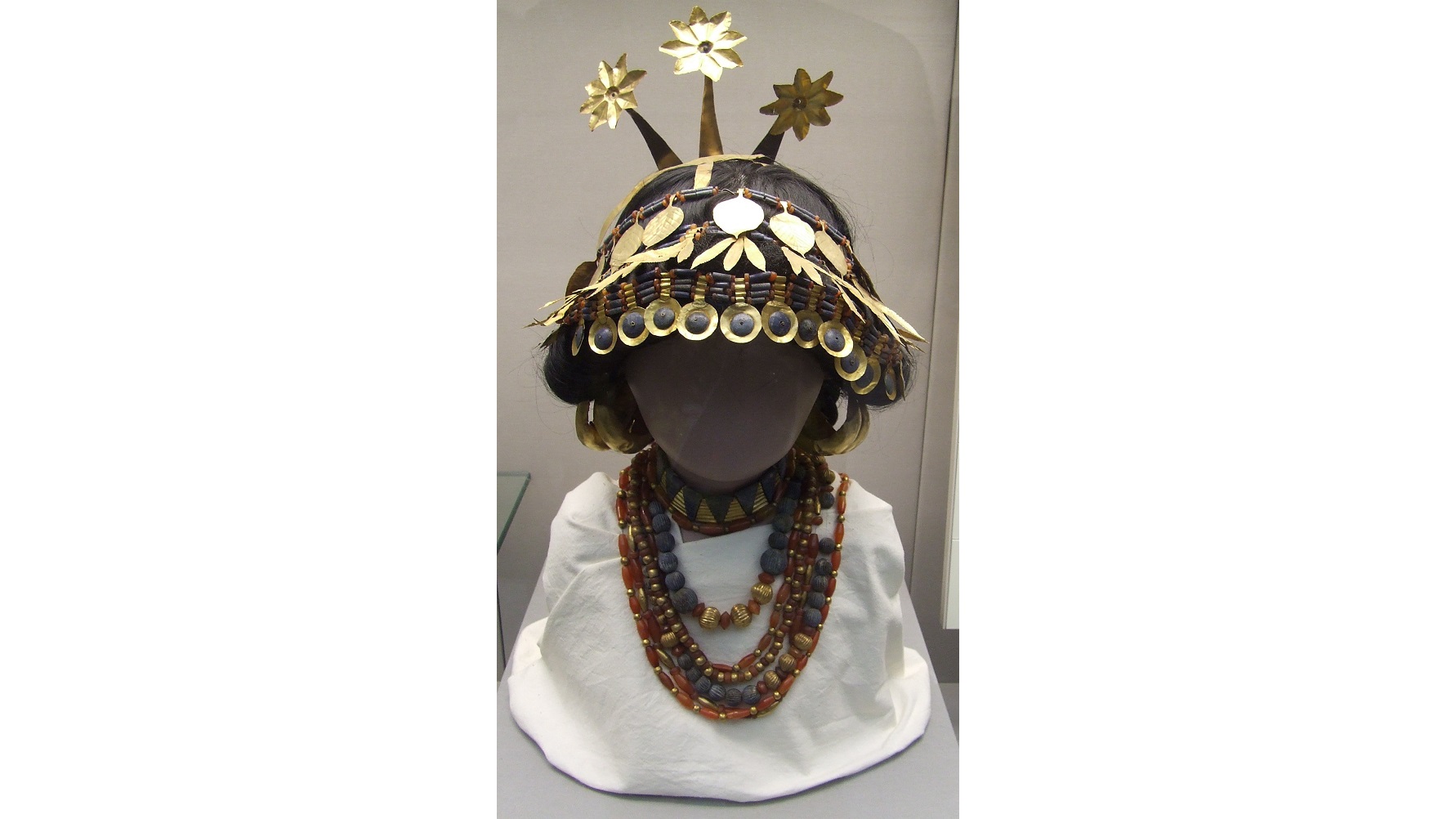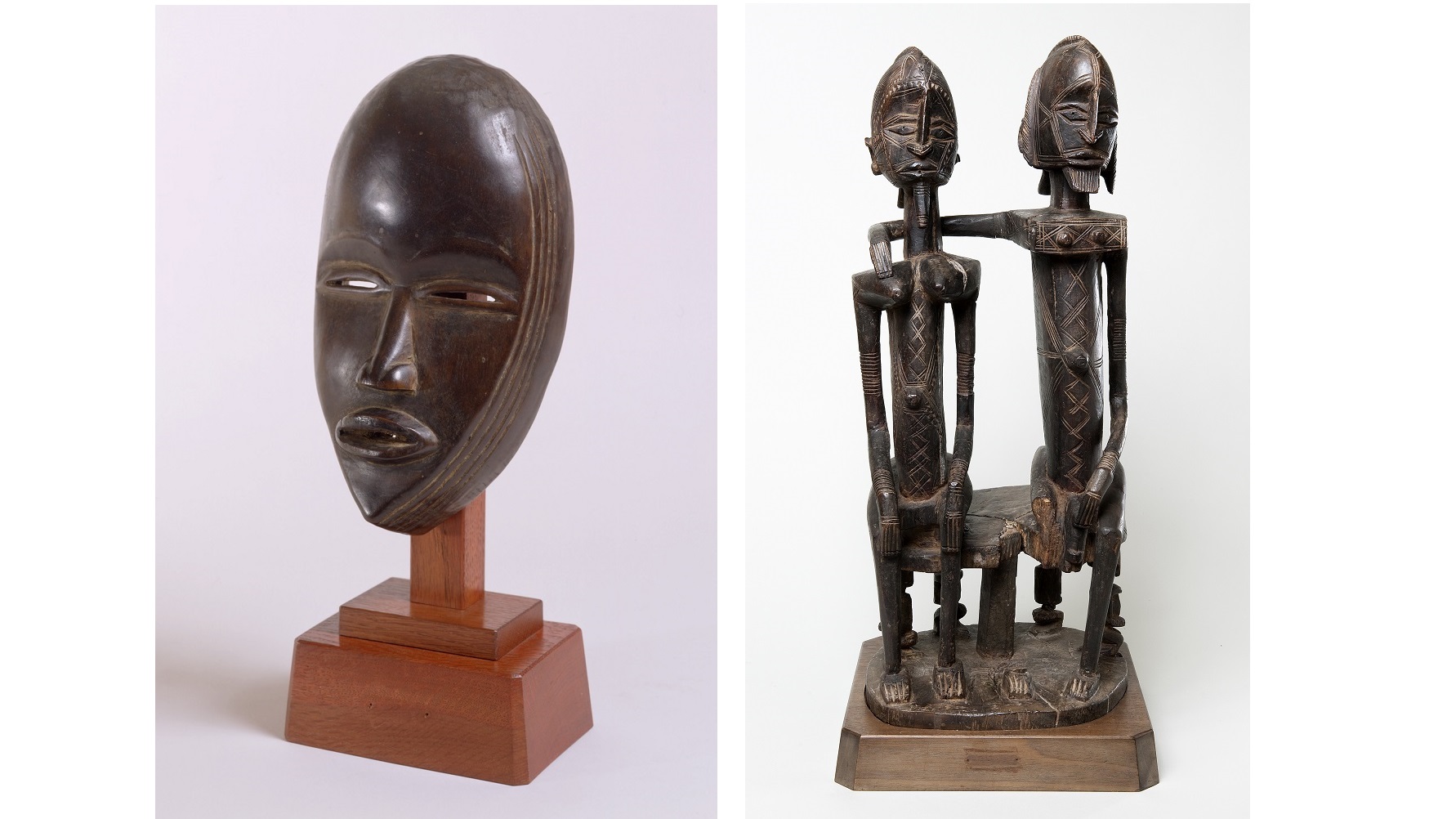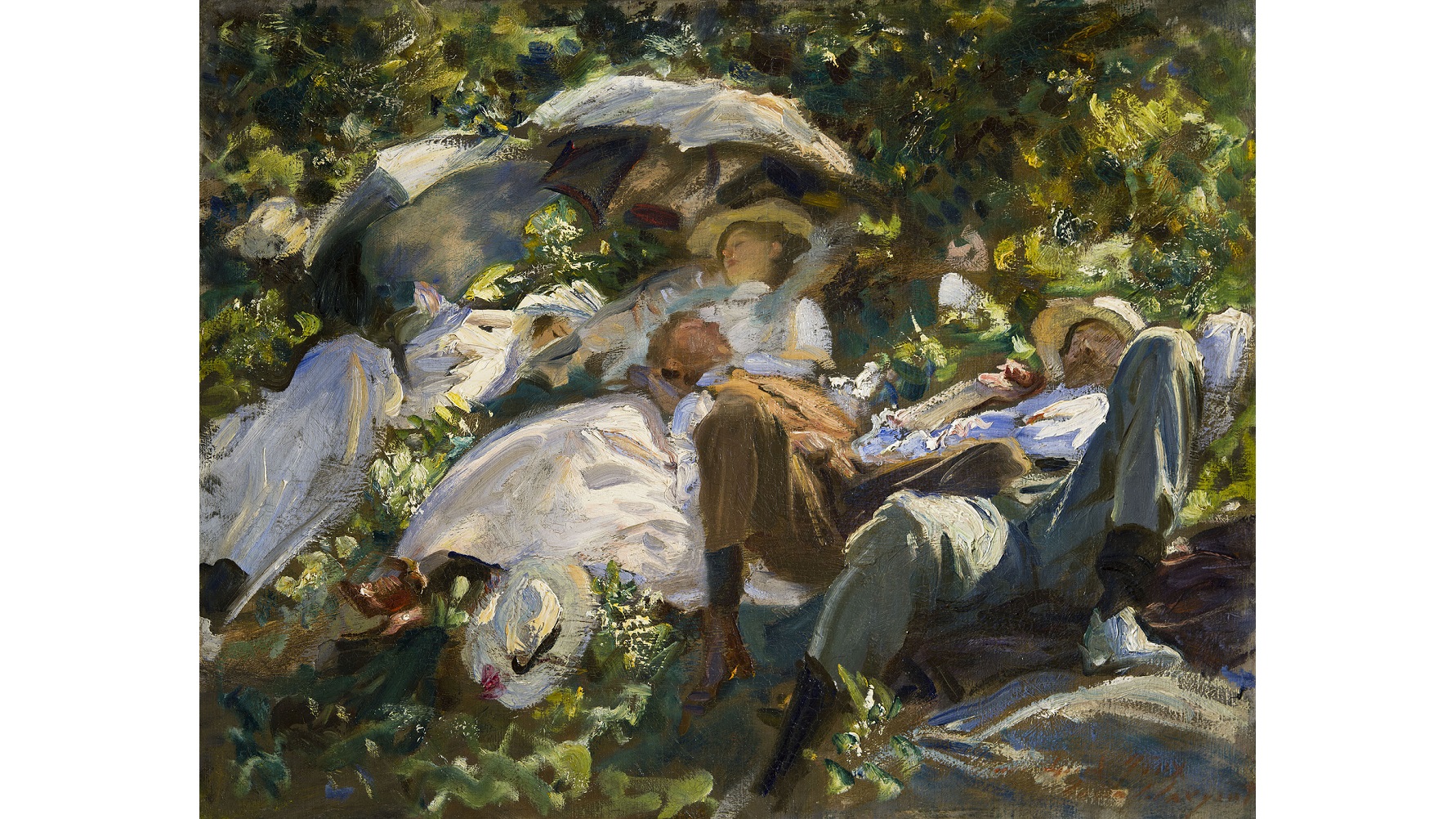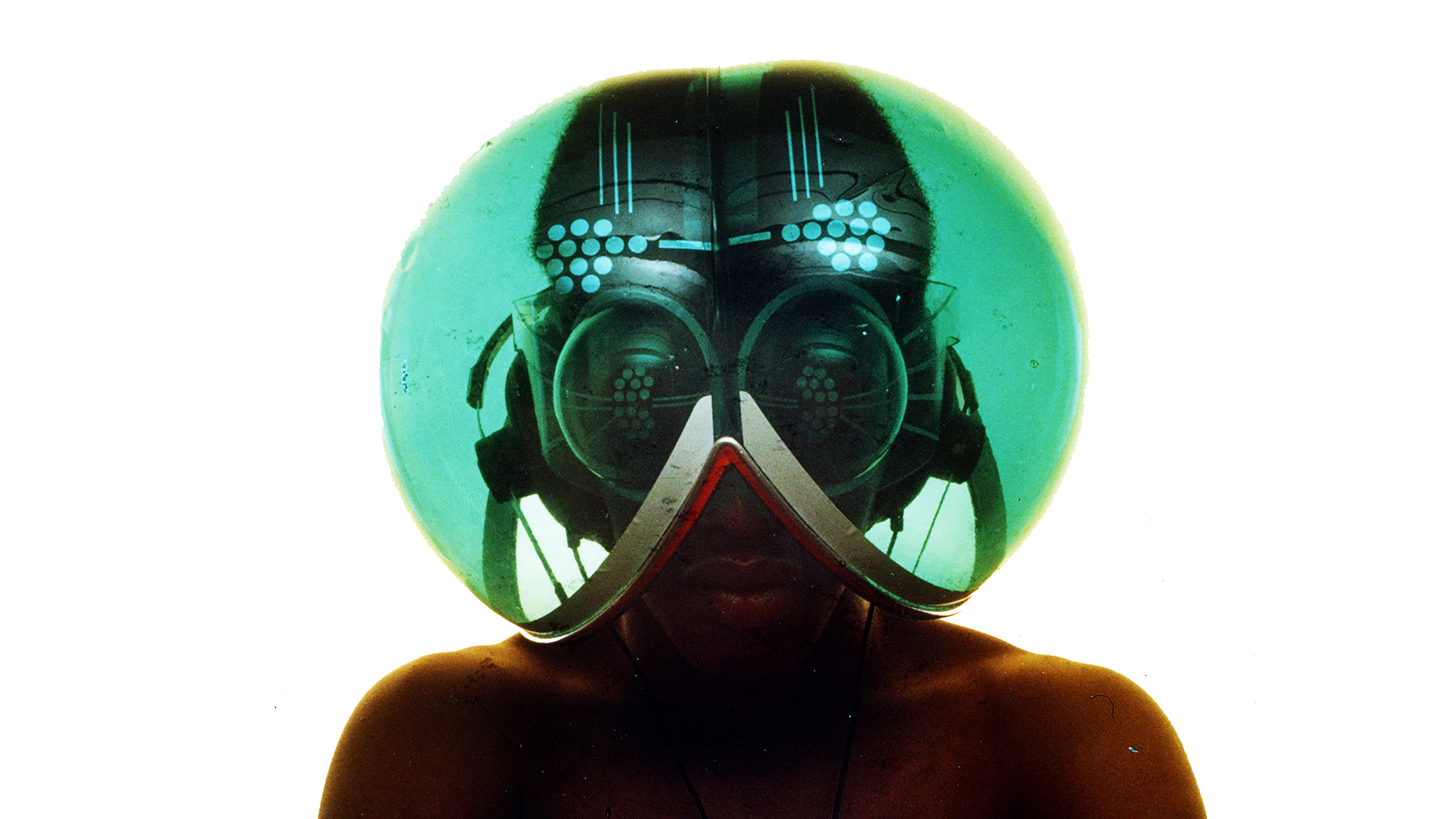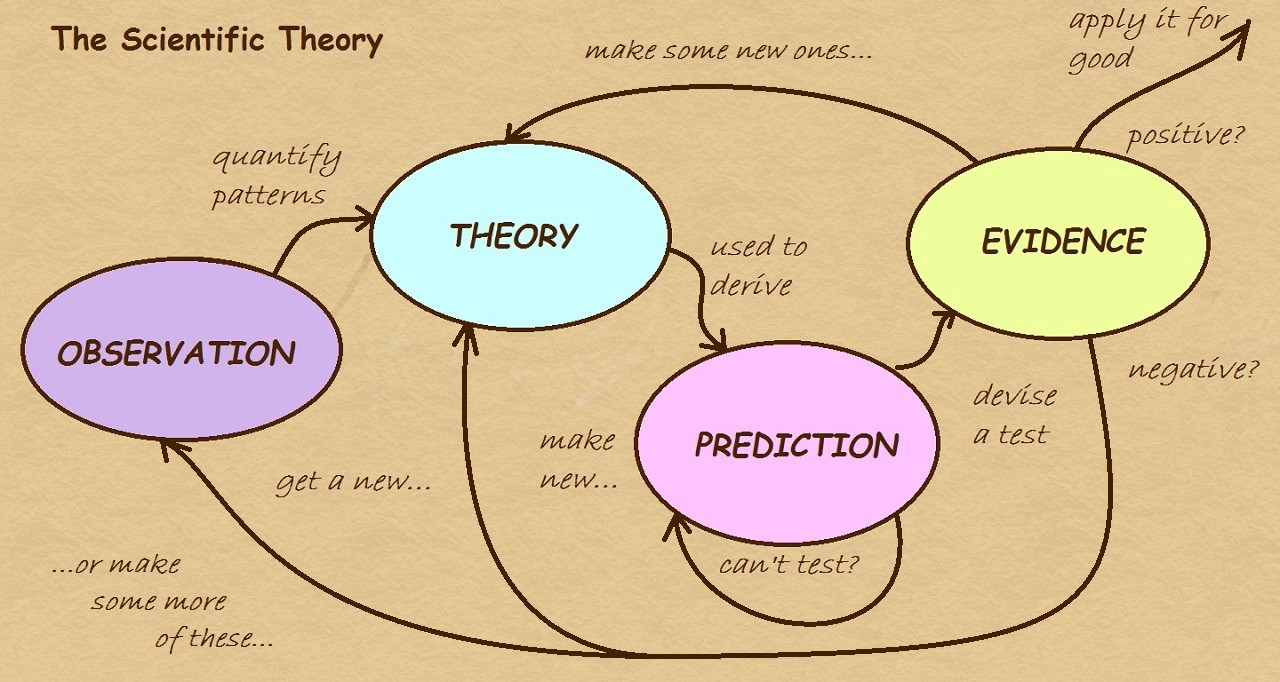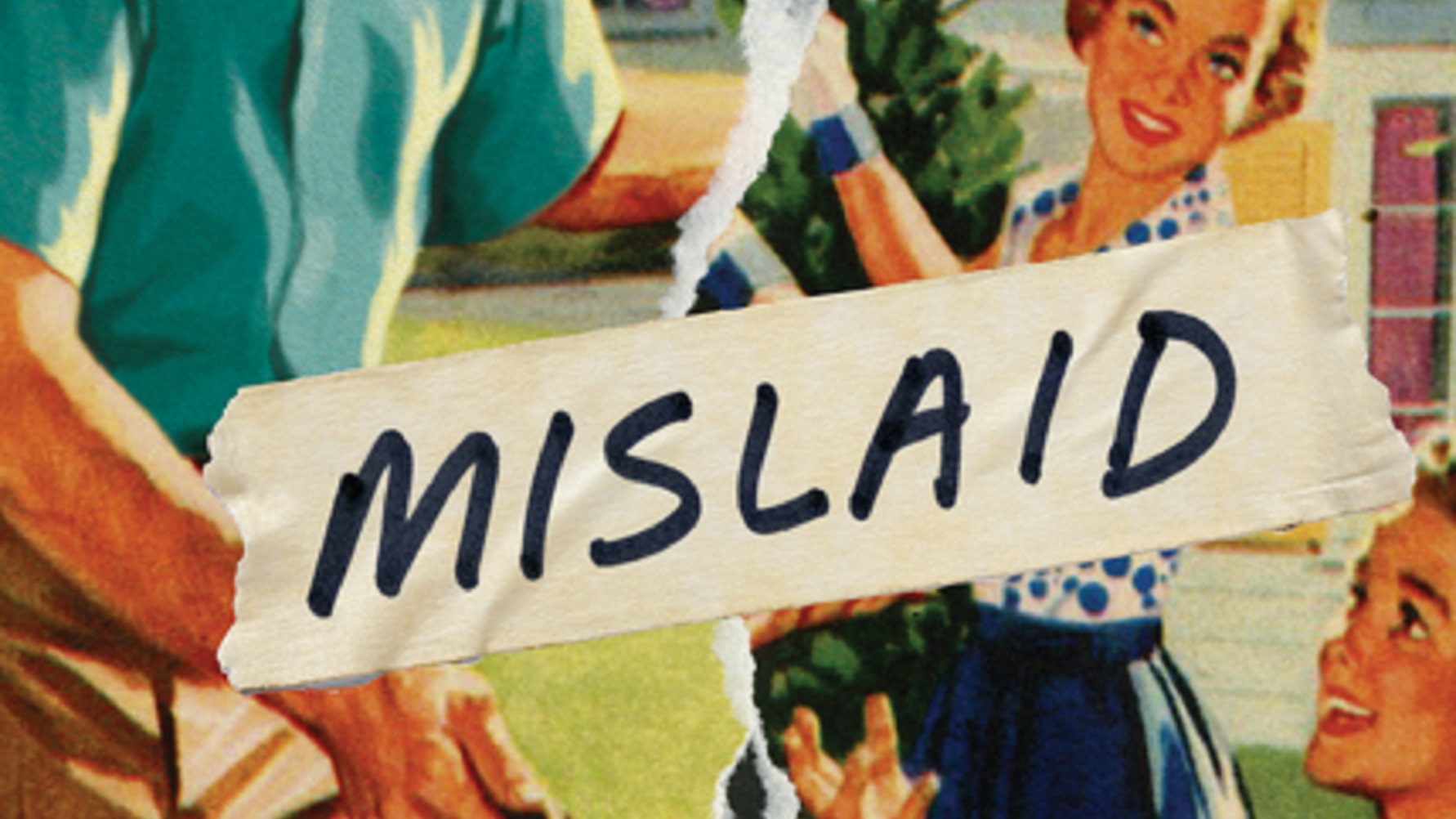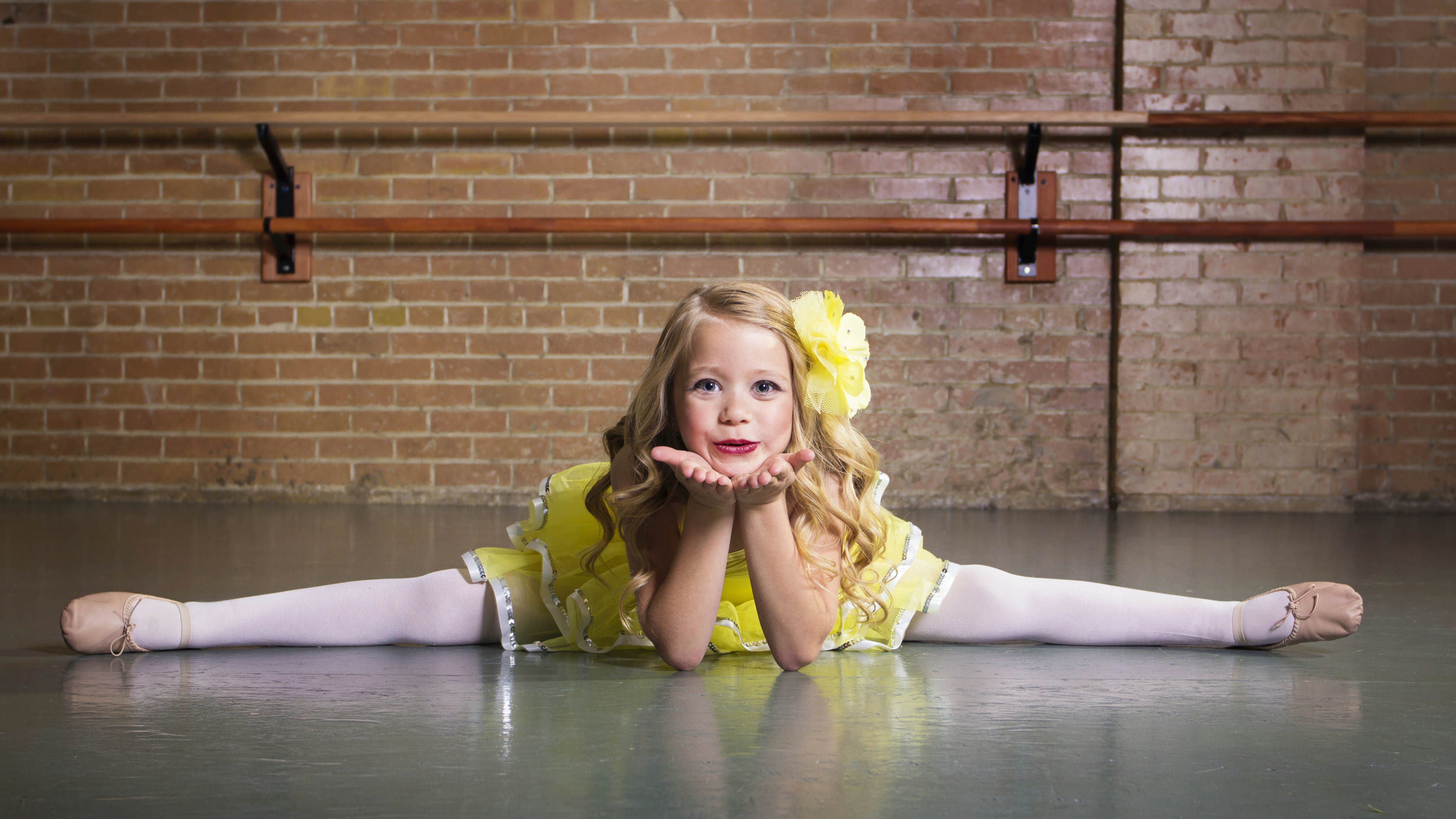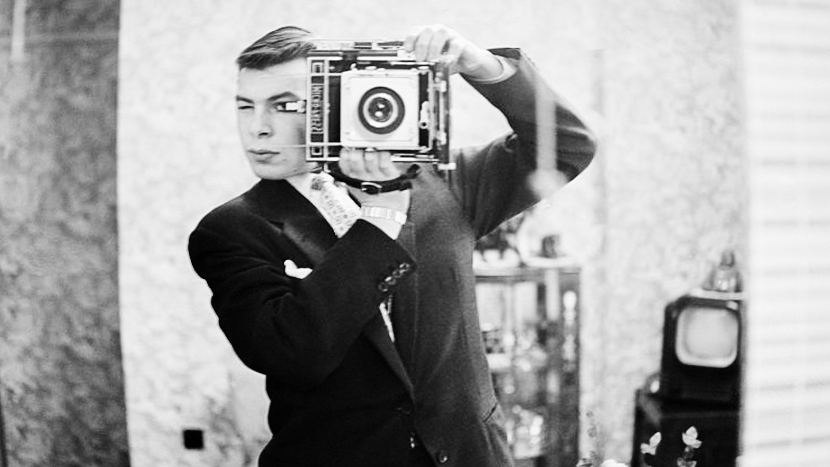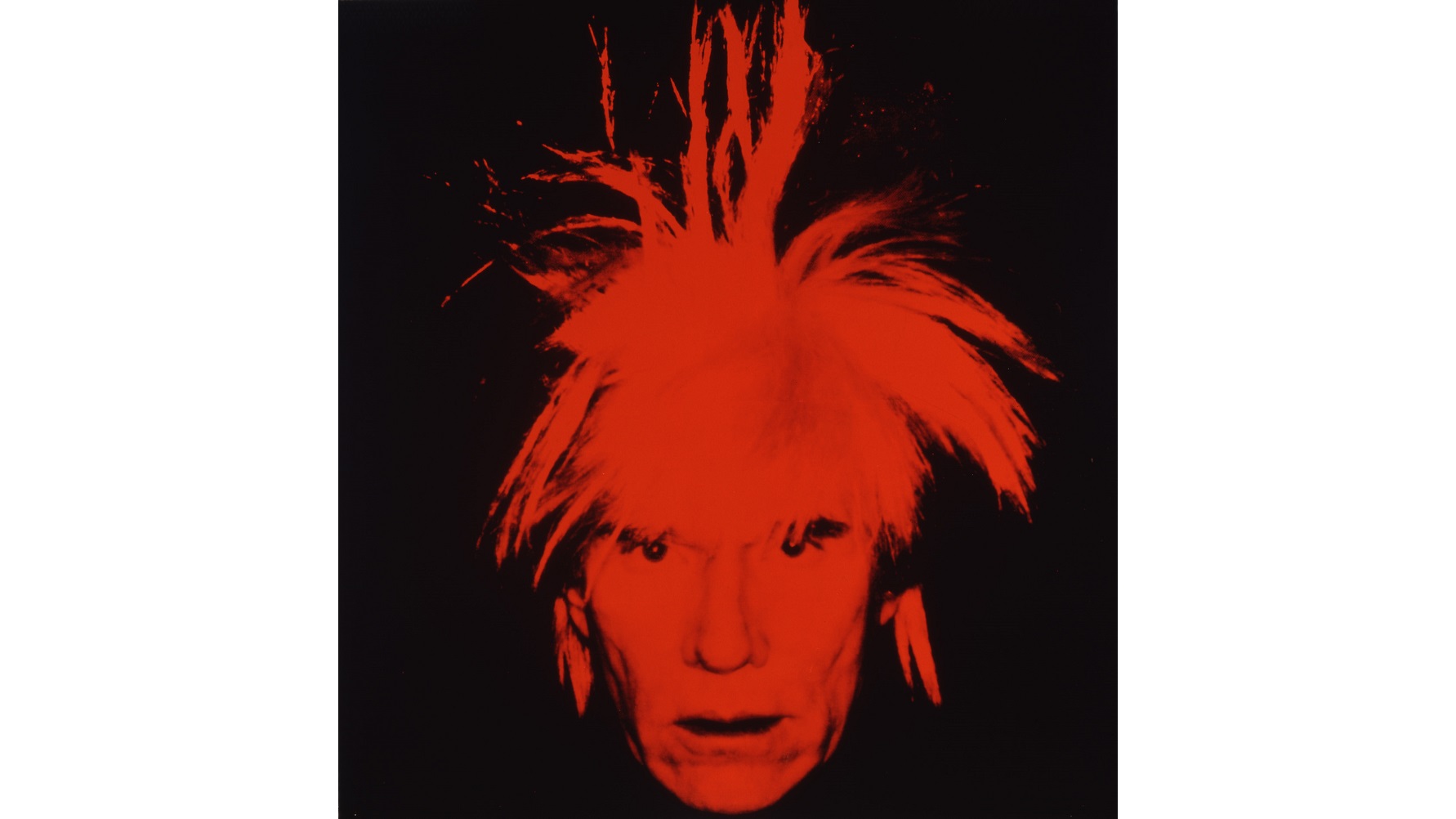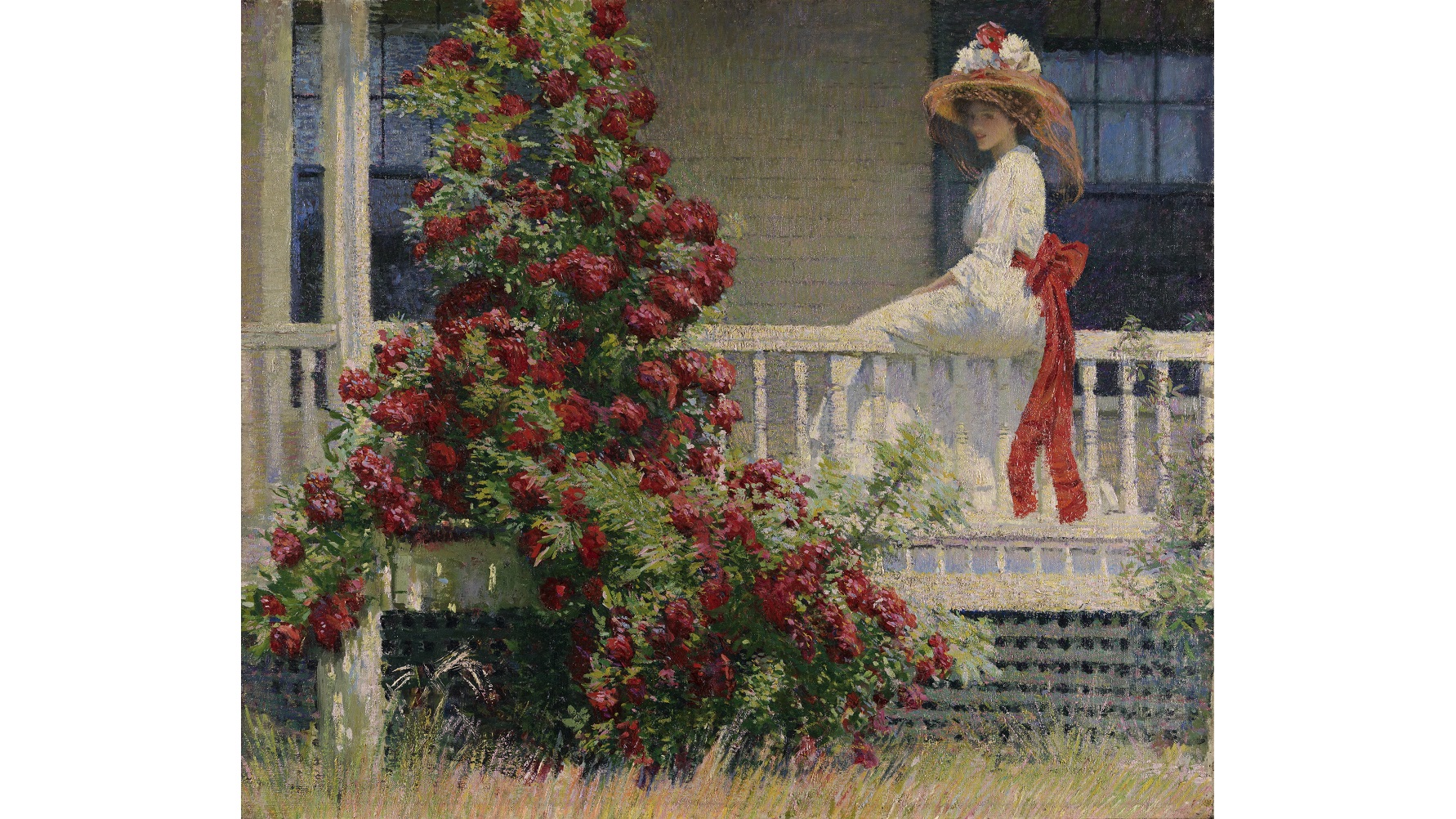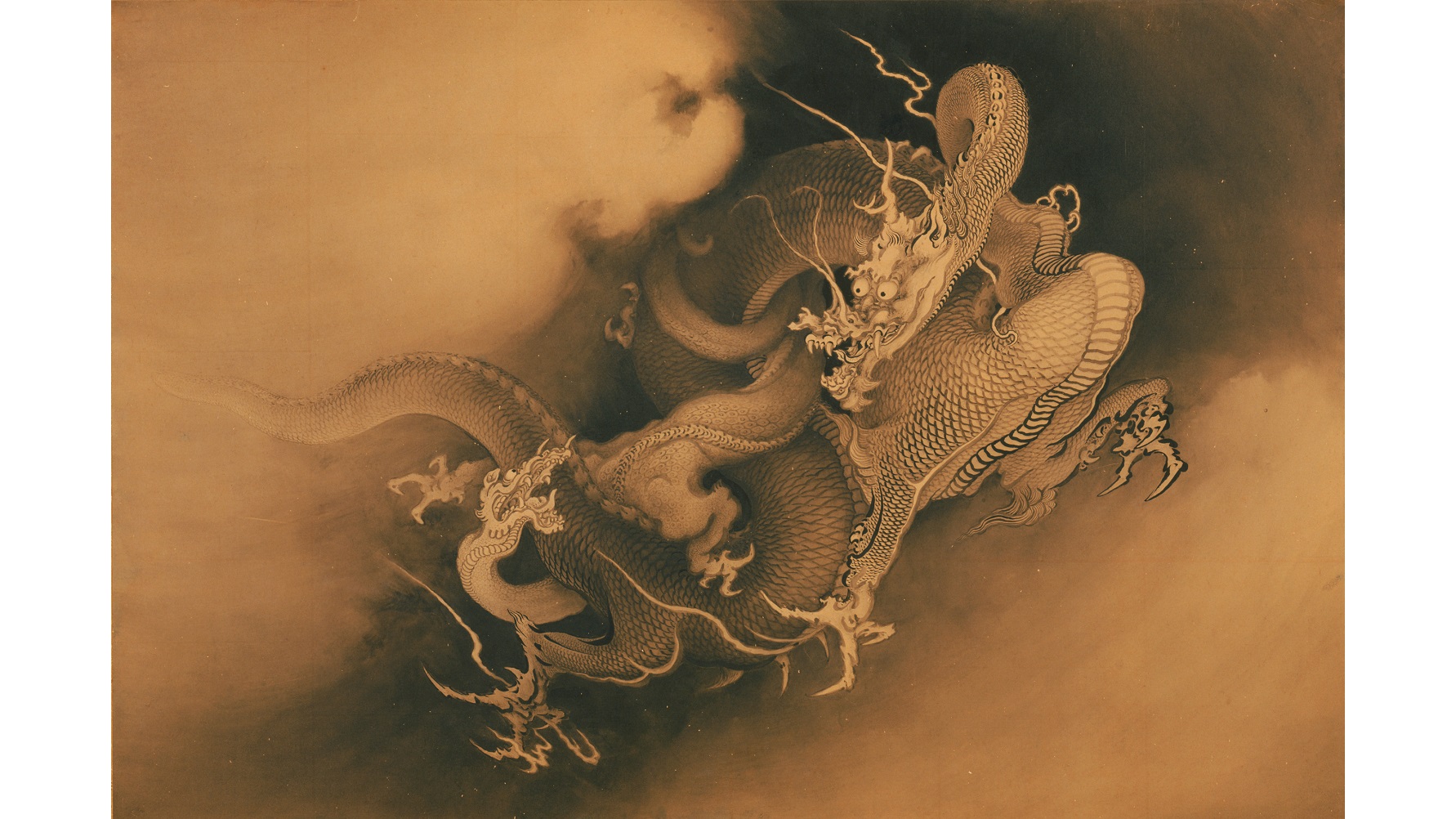Rubens’ Prometheus literally flips Michelangelo’s Christ on his head to look at art and gods in a whole new way.
Search Results
You searched for: Aesthetics
Beauty and duty are increasingly involved in an undeclared conflict. It’s not a fair fight; one side is much stronger (illustrating how art works on our “hidden brain”).
Picasso didn’t fight in World War I, but he still struggled with how that war influenced his art and life.
The fantasies, institutions, and humans at Dismaland do not merely sometimes fail us — they are marked for death from the start.
Resolved to be more cultured in 2016? Try these art and music pairings to learn to savor more of both.
When British archaeologist Leonard Woolley discovered in December 1927 the tomb of Puabi, the queen/priestess of the Sumerian city of Ur during the First Dynasty of Ur more than 4,000 years ago, the story rivaled that of Howard Carter’s discovery of Tutankhamun’s tomb in Egypt just five years earlier. “Magnificent with jewels,” as Woolley described it, Puabi’s tomb contained the bodies of dozens of attendants killed to accompany her in the afterlife — the ideal material for a headline-grabbing PR campaign that momentarily shouldered Tut out of the spotlight. A new exhibit at New York’s The Institute for the Study of the Ancient World titled From Ancient to Modern: Archaeology and Aesthetics puts Puabi back in the spotlight to examine how archaeology and aesthetics intersected, transforming ancient art into modern and making modern art strive to be ancient.
No national museum captures its country’s greatness as perfectly as Russia’s Hermitage.
The Barnes Foundation’s current exhibition, Mark Dion, Judy Pfaff, Fred Wilson: The Order of Things, epitomizes the business buzz phrase “disruptive innovation” like few other museum shows (which I wrote about here). Disrupt or die, the thinking goes. Old orders must make way for new. Coincidentally, as the Barnes Foundation, home of Dr. Albert Barnes’ meticulously and idiosyncratically ordered collection of Impressionist and Post-Impressionist masterpieces left just so since his death in 1951, invites outsider artists to question and challenge Dr. Barnes’ old order, it also publishes their own insider’s critical “warts and all” assessment of Dr. Barnes’ relationship to African art and African-Americans. In African Art in the Barnes Foundation: The Triumph of L’Art nègre and the Harlem Renaissance, scholar Christa Clarke reassesses Dr. Barnes intentions and results in his building of the first great African art collection in America. “More than just formal accents to modernist paintings and other Western art in the collection,” Clarke argues, “African art deserves to be seen as central to the aesthetic mission and progressive vision that was at the very heart of the Barnes Foundation.”
The standard line against painter John Singer Sargent goes like this: a very good painter of incredible technique, but little substance who flattered the rich and famous with decadently beautiful portraiture — a Victorian Andrea del Sarto of sorts whose reach rarely exceeded his considerable artistic grasp. A new exhibition of Sargent’s work and the accompanying catalogues argue that he was much more than a painter of pretty faces. Instead, the exhibition Sargent: Portraits of Artists and Friends and catalogues challenge us to see Sargent’s omnivorous mind, which swallowed up nascent modernist movements not just in painting, but also in literature, music, and theater. Sargent the omnivore’s dilemma thus lies in being too many things at once and tasking us to multitask with him.
Turn on, tune in, drop out, but read on about how Hippies and Hippie Modernism might rise again.
In Munich last week, physicists and philosophers debate what makes for a scientific theory. Surprisingly, no one agrees. This piece was written by Sabine Hossenfelder. Sabine is a theoretical physicist specialized […]
The anatomy and science of what’s required for such a spectacular show. “Celebrate the independence of your nation by blowing up a small part of it.” –Summer of 4 ft. […]
If Flannery O’Connor somehow birthed the love child of Sid Vicious, she might end up sounding like novelist Nell Zink. Equal parts Southern Gothic’s grotesquely twisted charm and punk and alternative music’s insiderish anti-establishmentism, Zink’s second novel Mislaid will disorient you until you let it delight you. Zink’s mix — which I’ll call Southern Gothic Punk — might be an acquired taste, but a taste well worth experiencing if only to break out of the contemporary rut of MFA-programed, sound-alike fiction that’s become the bubblegum pop of today’s literature.
What does the art of Andy Warhol tell us about the nature of boredom and the ways we try to escape (and enjoy) it?
By the 1960s the two most criticized art forms in America were modern art and television. Some critics called modern art mystifying junk, while others targeted TV as anything from trash to a threat to democracy. Revolution of the Eye: Modern Art and the Birth of American Television at The Jewish Museum, New York, hopes to redeem both media by exploring how modern art provided an ethos and aesthetic for early television — a debt repaid later as television, in turn, inspired a new generation of modern artists, including Andy Warhol, who began as a modernist-influenced graphic designer for, among other clients, television networks. By looking back at modern art and television’s mutual love affair from the 1940s to the 1970s, Revolution of the Eye challenges us to reflect on the artistic aspirations of TV’s latest golden age.
Objective truth is fine if we want to know the weather conditions, but to live as a human in a human society, a more nuanced approach is needed to knowledge and understanding.
The beautiful and intricate Czech capital is like an anti-Silicon Valley.
Dance classes are low in physical activity, study says, but there’s more to the story.
Will a law regulating the BMI of models help change an industry obsessed with beauty and unhealthy weight ideals? France thinks it might.
“How are you?” It’s a question we ask each other every day, almost reflexively, and we rarely pause to think when responding: “Fine, thanks. You?” Of course, these frequent exchanges are […]
Marketplace’s David Gura recently reported on the success of American architects who help paint the Shanghai skyline with bold and innovative designs.
In a 1977 interview with Glenn O’Brien for the marijuana lifestyle magazine High Times, O’Brien asked Andy Warhol if his teachers recognized his early “natural talent.” “Something like that,” Warhol responded with his characteristic unconventionality, “unnatural talent.” Warhol’s “unnatural talent” quip alluded not only to his mass-produced, machine-like paintings of soup cans and silk screen portraits, but also to his sexual orientation — the “unnatural” life of a homosexual. Just as Warhol turned that verbal double play, art scholar Michael Maizels tries to touch those two bases of Warhol’s art in “Doing It Yourself: Machines, Masturbation, and Andy Warhol” in the Fall 2014 issue of Art Journal. For Maizels, the way that Warhol made art reflected the way Warhol lived his life as a homosexual male in late 20th century America. When we look at Warhol’s art, Maizels suggests, we should see not just a critique of commercialized society and its art, but also a critique of that same society’s sexual tolerance.
American Impressionism’s often been seen as a pale copy of the French Impressionism that flowered in the late 19th century. Although American Impressionists early on copied their French counterparts (and even made pilgrimages to Monet’s Giverny garden and home), the exhibition The Artist’s Garden: American Impressionism and the Garden Movement, 1887–1920, at the Pennsylvania Academy of the Fine Arts through May 24, 2015, proves that American Impressionism quickly blossomed into something distinct—and distinctly American—by the turn of the 20th century. Capturing aesthetically a moment of contradictions as American nativism threatened to close borders while women’s suffrage struggled to open doors, The Artist’s Garden demonstrates the power of flowers to speak volumes about the American past, and present.
Psychedelics like psilocybin and LSD are being researched again after a 40-year hiatus, and the results are promising, from both a scientific and spiritual perspective.
How often a film is referenced in other films is a better determiner of how important the work is than the combined efforts of reviewers, critics, awards, and box office sales.
Rebranding means reinvention — a wiping away of the old and replacing it with the new. Such an identity shift can be both exciting and frightening. Make sure you know what you’re getting into before embarking on an identity shift.
A.J. Edwards is the director of the new film The Better Angels, which highlights the formative years of Abraham Lincoln. In this Big Think interview, Edwards explains his decision to shoot the film in black and white.
▸
3 min
—
with
Ever since American Commodore Matthew C. Perry sailed into Uraga Harbor near Edo (the earlier name for Tokyo) on July 8, 1853, ending the isolationist policy of sakoku and “opening” (willingly or not) Japan to the West, “the Land of the Rising Sun” and its culture have fascinated Westerners. Yet, despite this fascination, true understanding of that history remains elusive. A new exhibition at the Philadelphia Museum of Art, Ink and Gold: Art of the Kano builds a cultural bridge for Westerners to Japan’s heritage through the art of the “Kano School,” a family of painters to the powerful who influenced all of Japanese art from the 15th to the late 19th century. Combining the sumptuousness of golden artworks with the compelling story of their makers, Ink and Gold: Art of the Kano offers the key to unlocking the mystery of Japan through the art of the Kano.
A.J. Edwards is the director of the new film The Better Angels, which highlights the formative years of Abraham Lincoln. In this Big Think interview, Edwards explains his decision to shoot the film in black and white.
Few business buzzphrases draw as much interest (and ire) as “disruptive innovation.” Disrupt or die, the thinking goes. Old orders must make way for new. At the Barnes Foundation, home of Dr. Albert Barnes’ meticulously and idiosyncratically ordered collection of Impressionist and Post-Impressionist masterpieces left just so since his death in 1951, three artistic innovators aim at questioning and challenging Dr. Barnes’ old order. Mark Dion, Judy Pfaff, Fred Wilson: The Order of Things invites three award-winning, contemporary installation artists to disrupt the existing paradigm at the Barnes and assist us in seeing Dr. Barnes and his collection in a whole new way.

